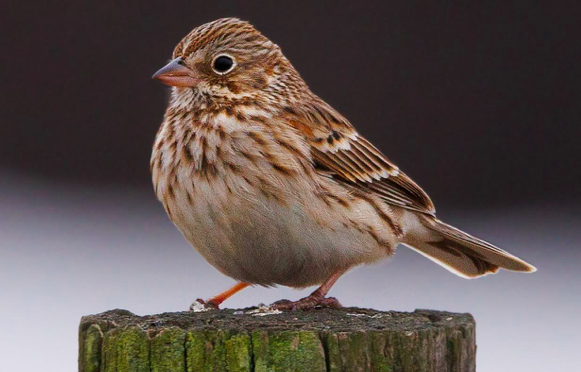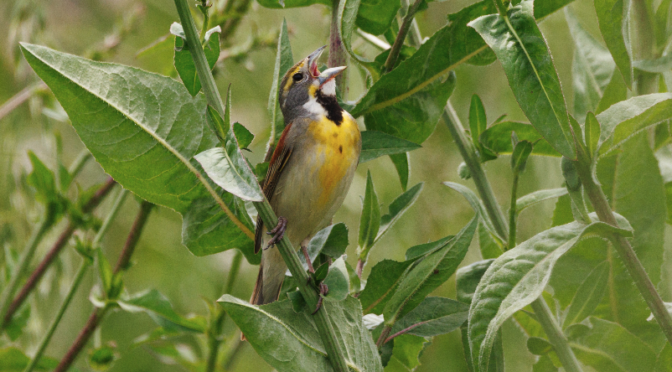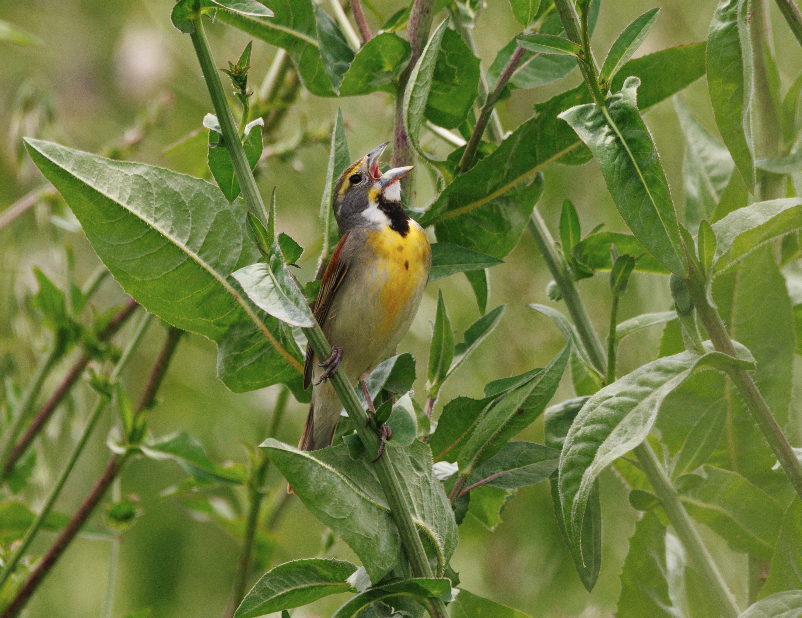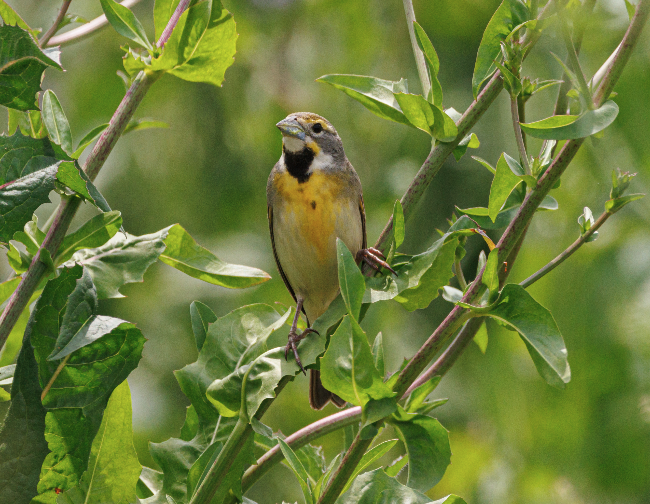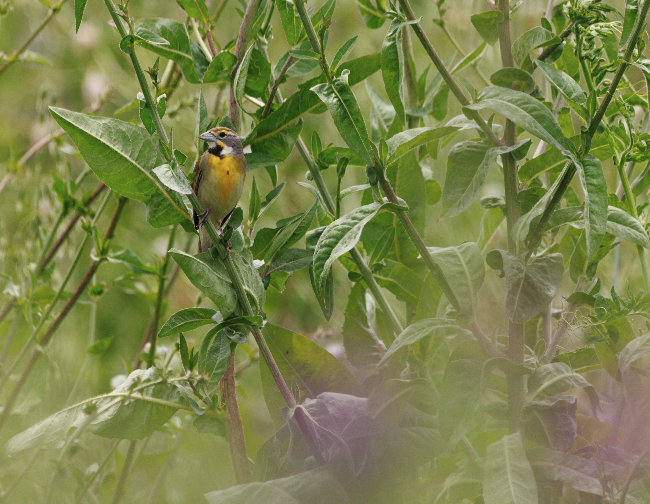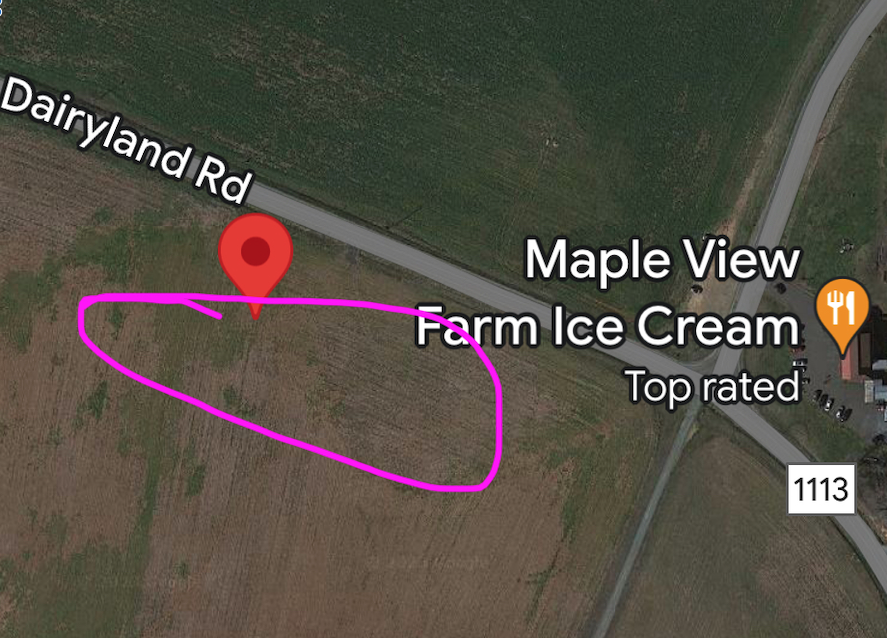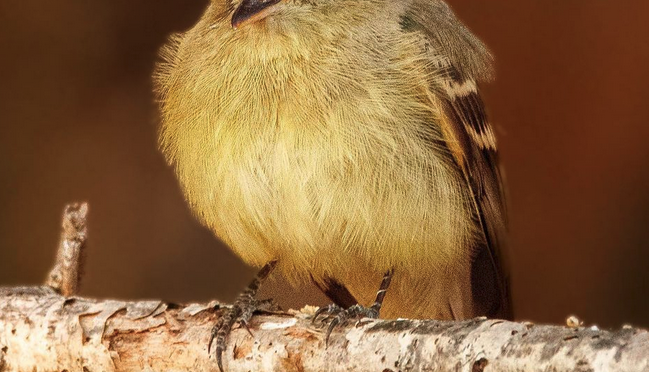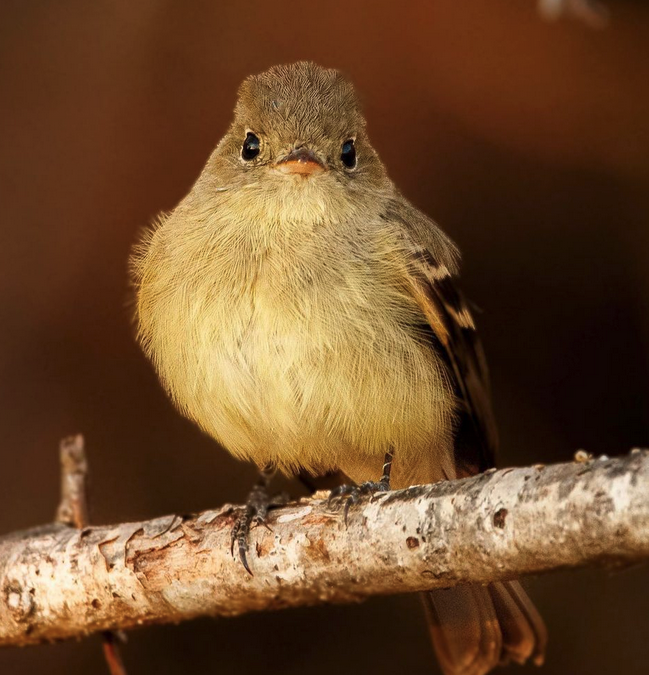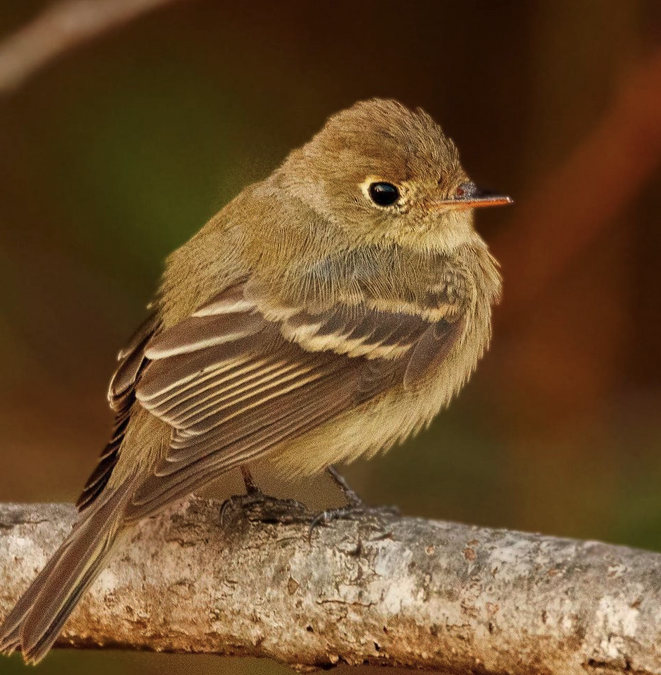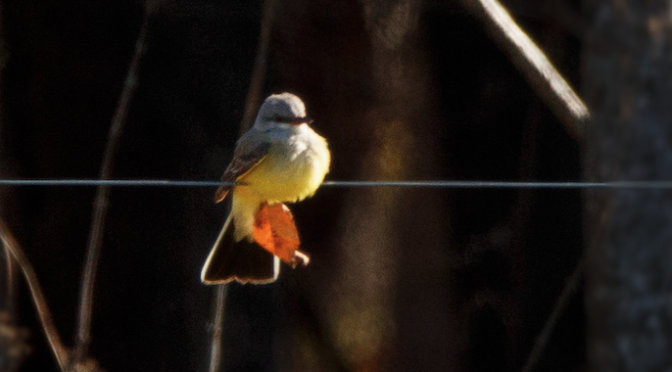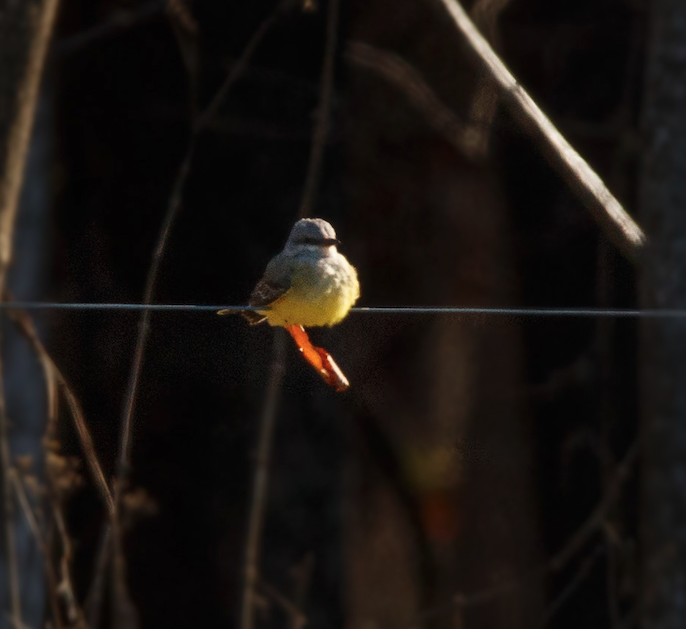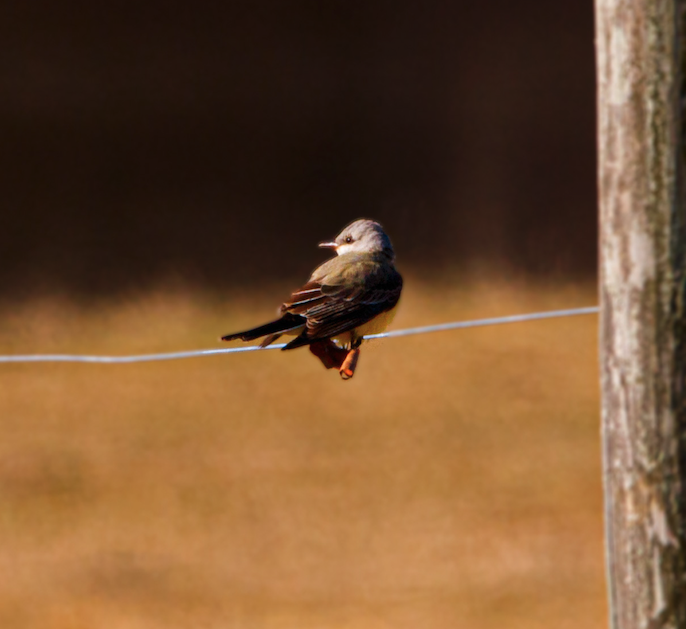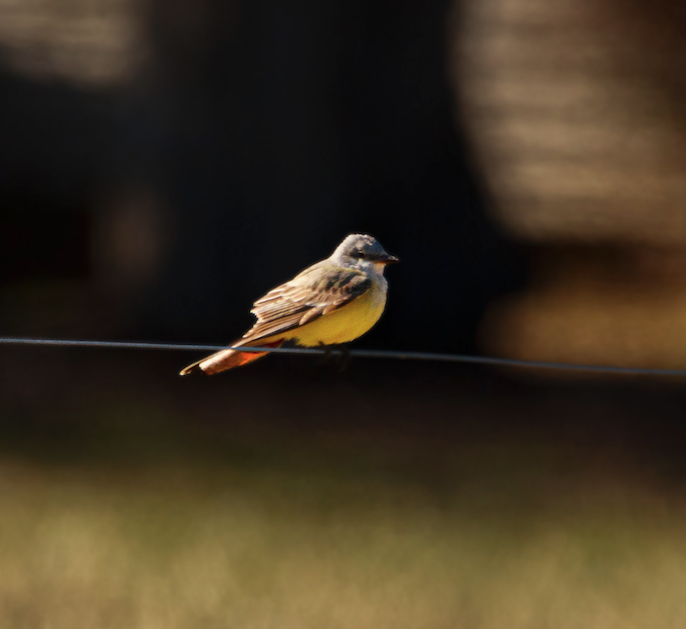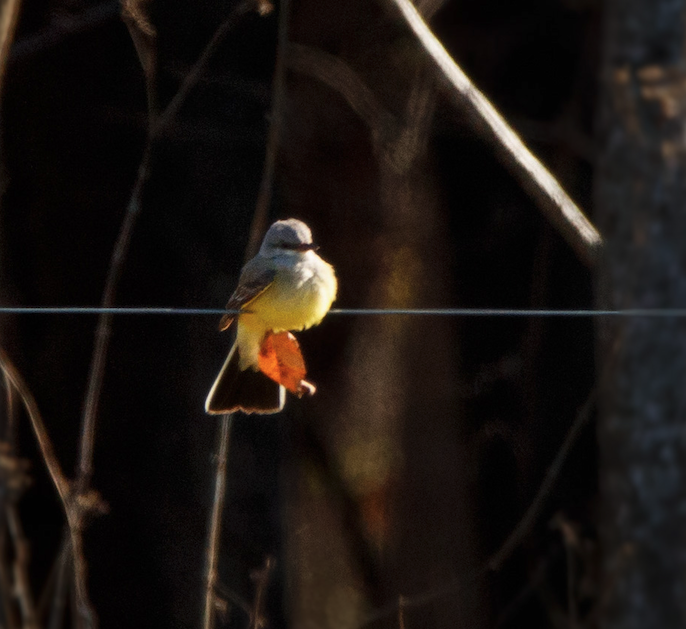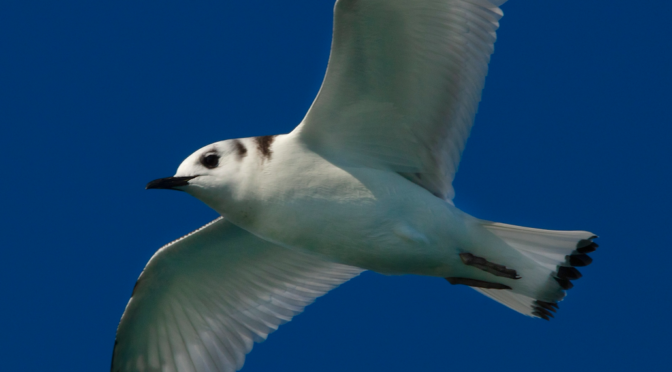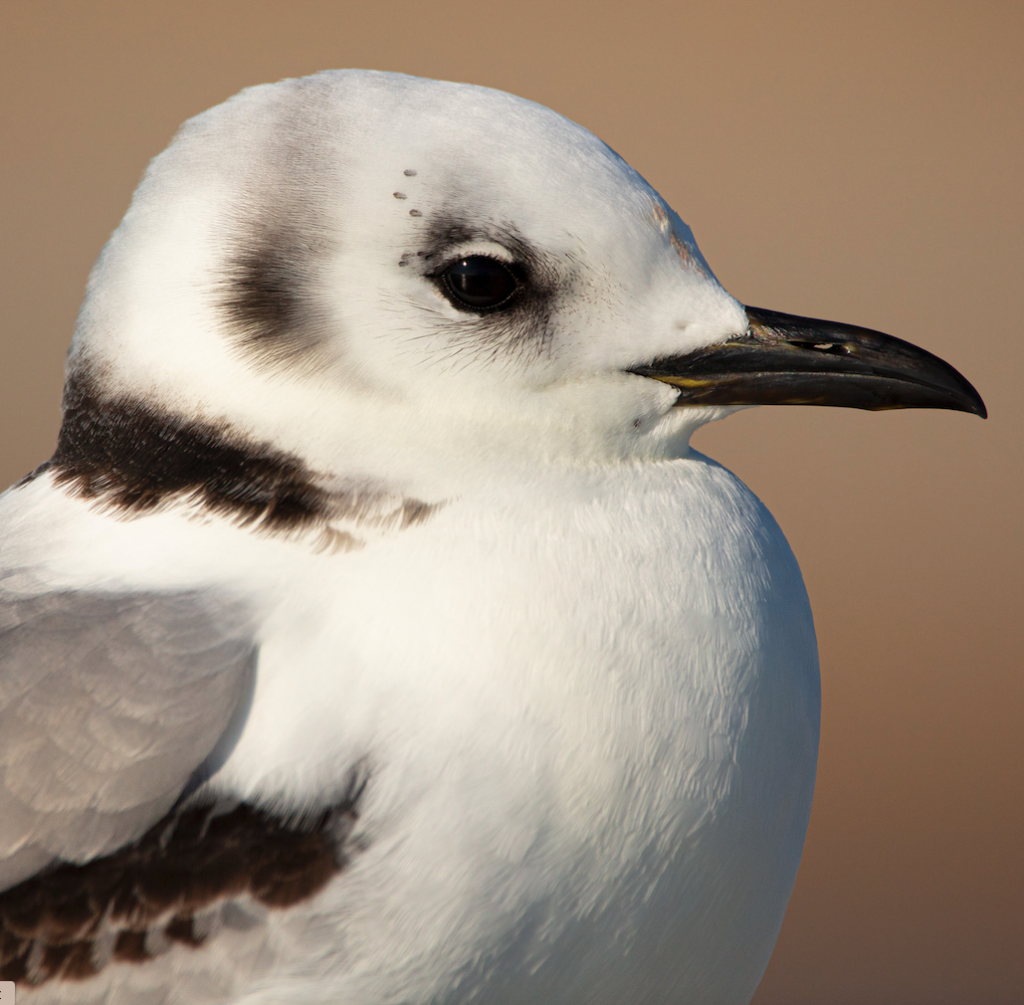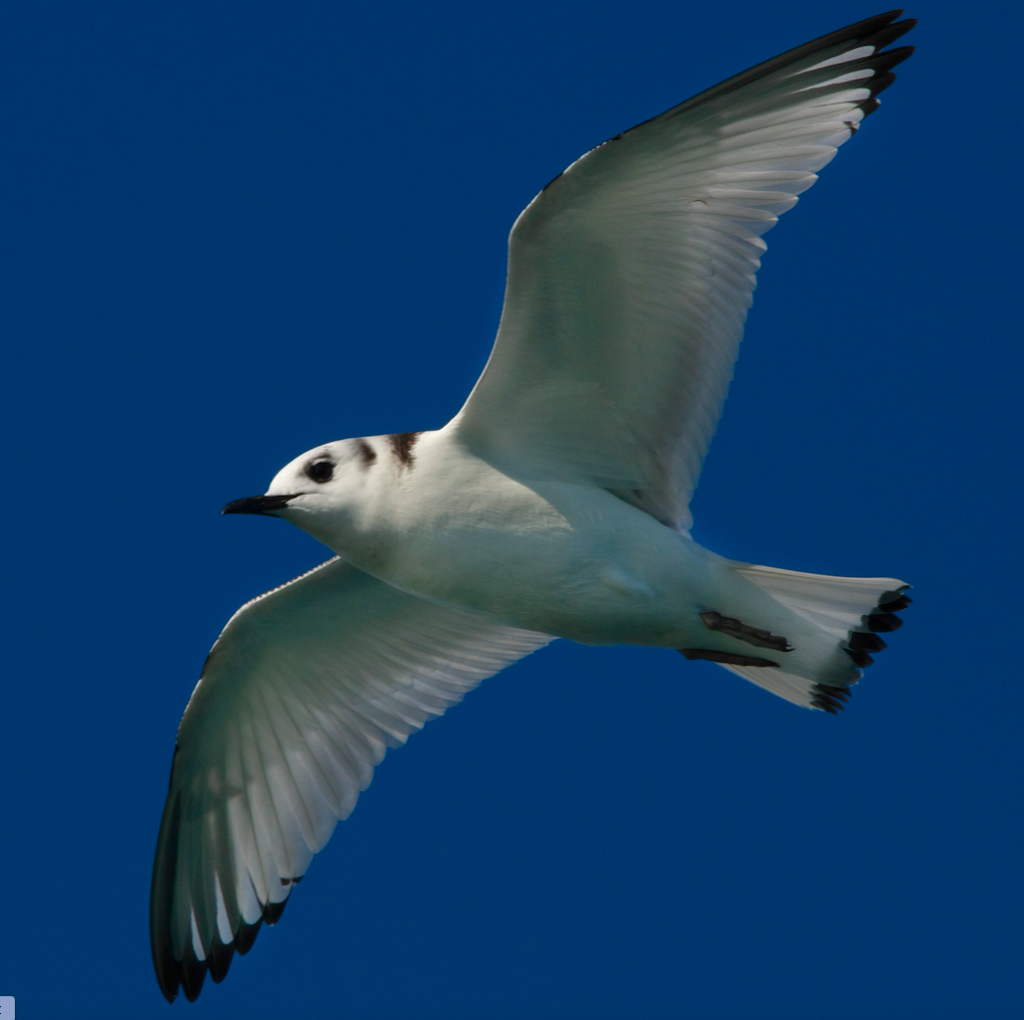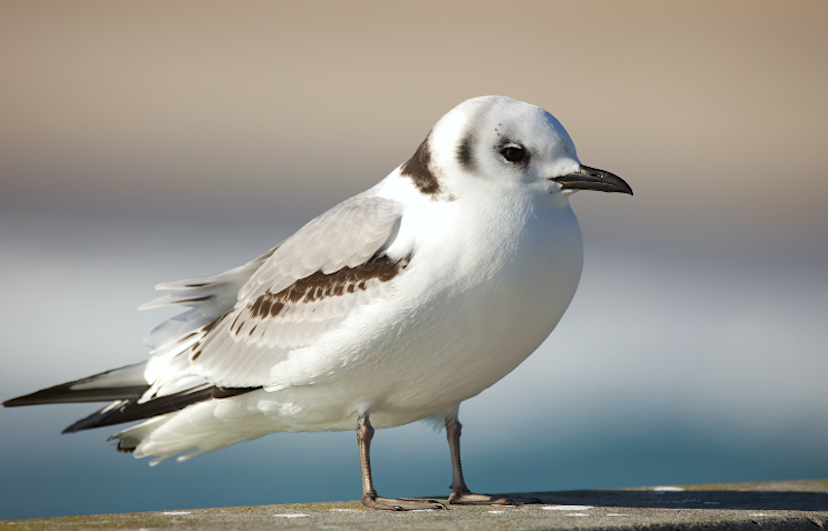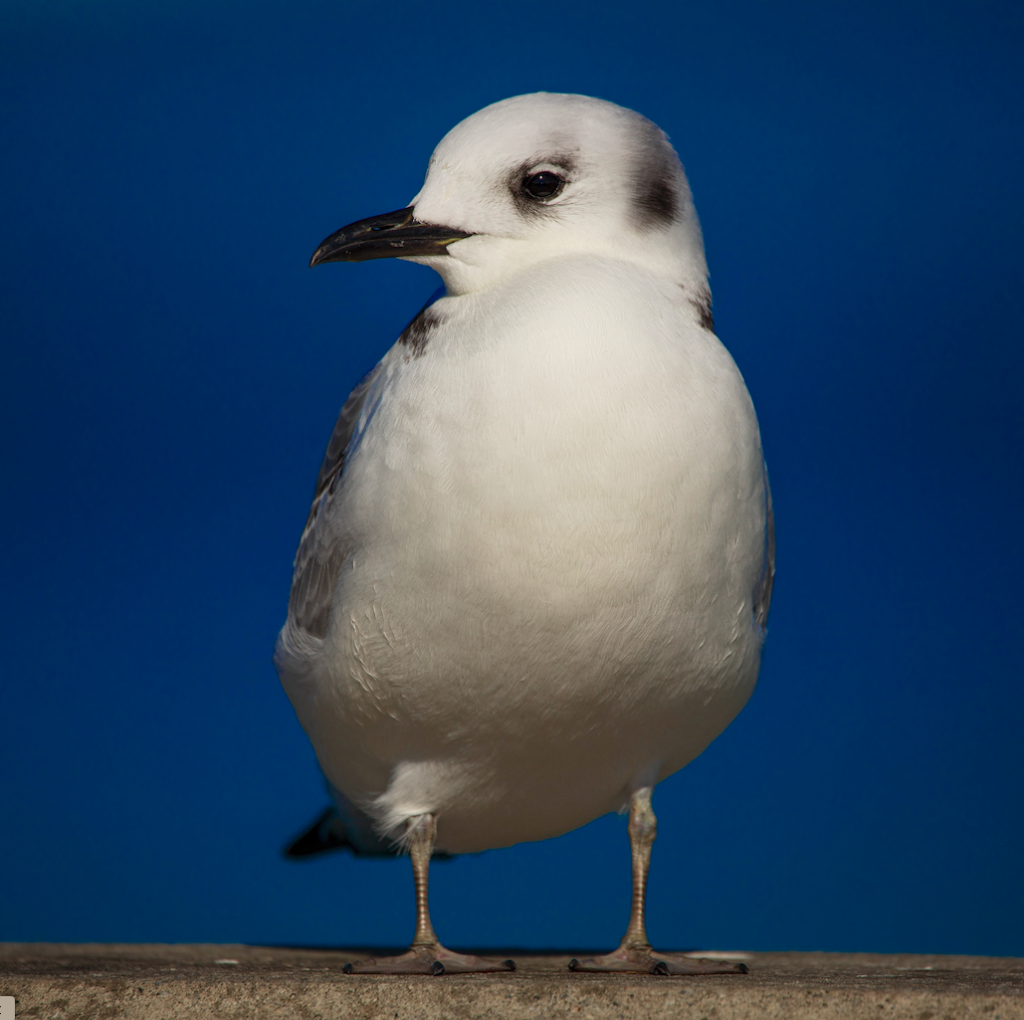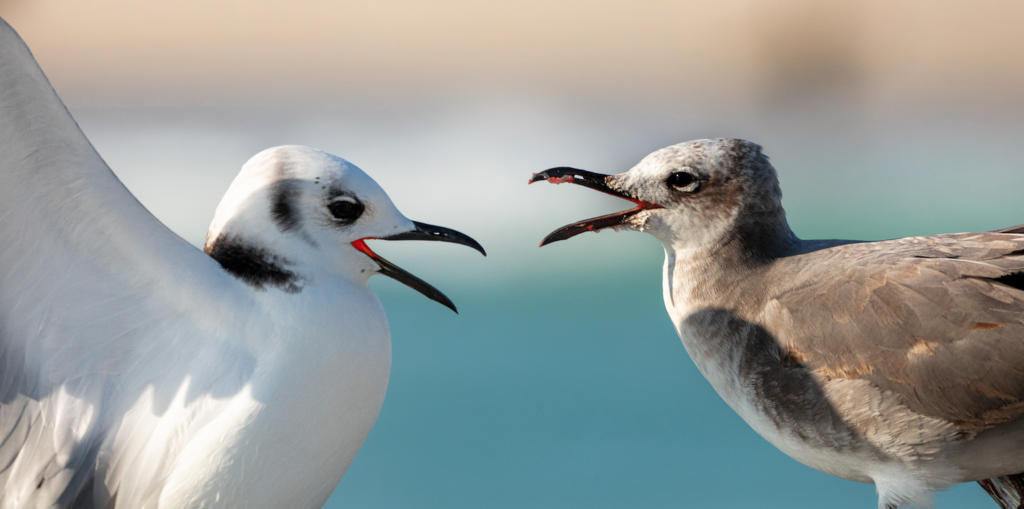By Sally SIko
Here’s another uncommon bird I spotted this week while birding in Raleigh NC, the Vesper Sparrow.
I’d set out to find one of these beauties along Mid Pines road and was rewarded with some great close up looks as they perched on the fence line.
I’ve seen this species before in the same area but the only photos I’d ever managed to take were terribly lit and from below so it was nice to actually capture a couple shots at eye level.
I know sparrows don’t typically catch anyone’s attention but I absolutely adore these tiny birds.
Aren’t they sweet?
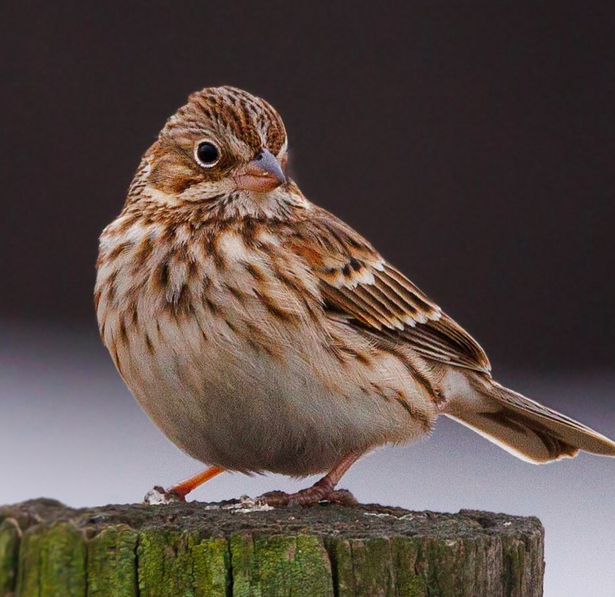
Although they do breed in the western counties of the Tarheel state, the Vesper Sparrow are an uncommon sight here in NC. Usually they are spotted during migration but unfortunately numbers of this species are in overall decline so seeing one is indeed a treat at anytime of the year.
As with many other sparrows, the Vespers favor weedy field habitats with sparse grass cover mixed with bare ground. Interestingly they seem to like hanging out with Song Sparrows and Savannah Sparrows so it’s worth double checking who’s who when ya encounter mixed flocks.
The easiest way to ID these guys is to look for a streaky breasted sparrow that has prominent white eye ring combined with white outer tail feathers which are most noticeable when they’re in flight.
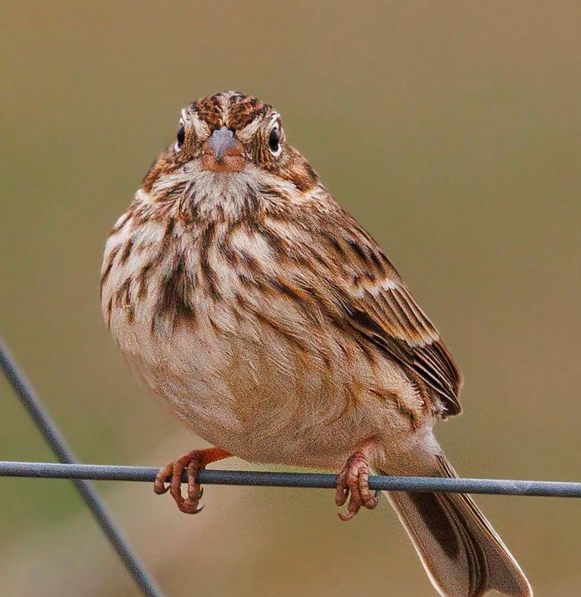



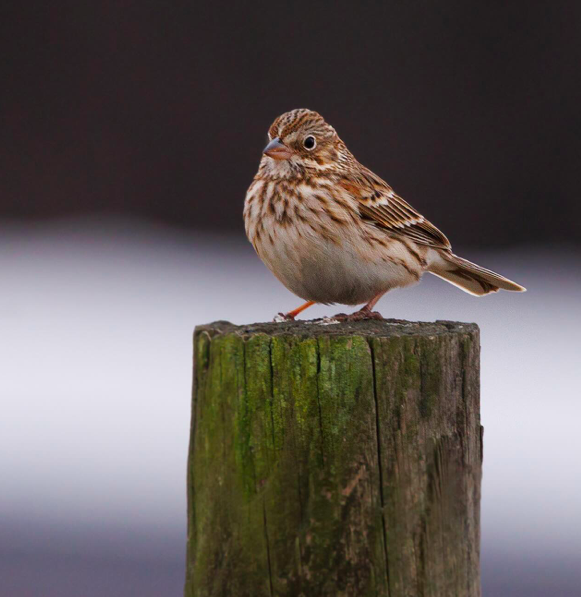

These lovely feathered gems should hang out in central North Carolina until mid March.
If you’d like to find these birds at Mid Pines Rd, I’ve included a link below of their exact location.
I hope that you get to see them too!
Photos by @sally_siko of @bestlife_birding on my mighty mirrorless monster, the @canonusa#R5

